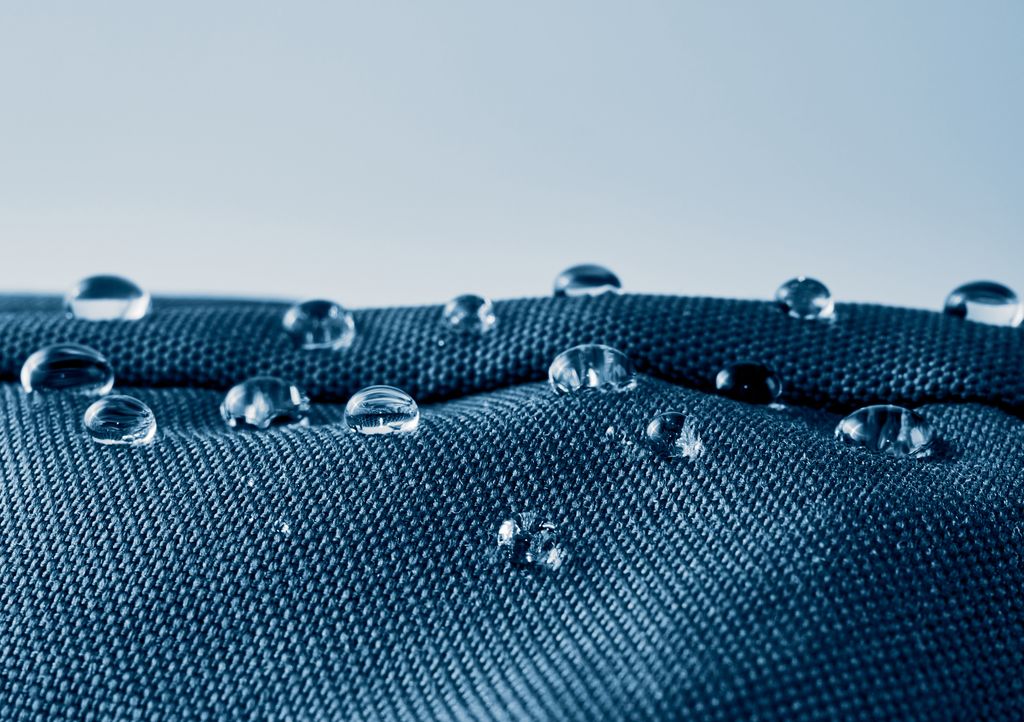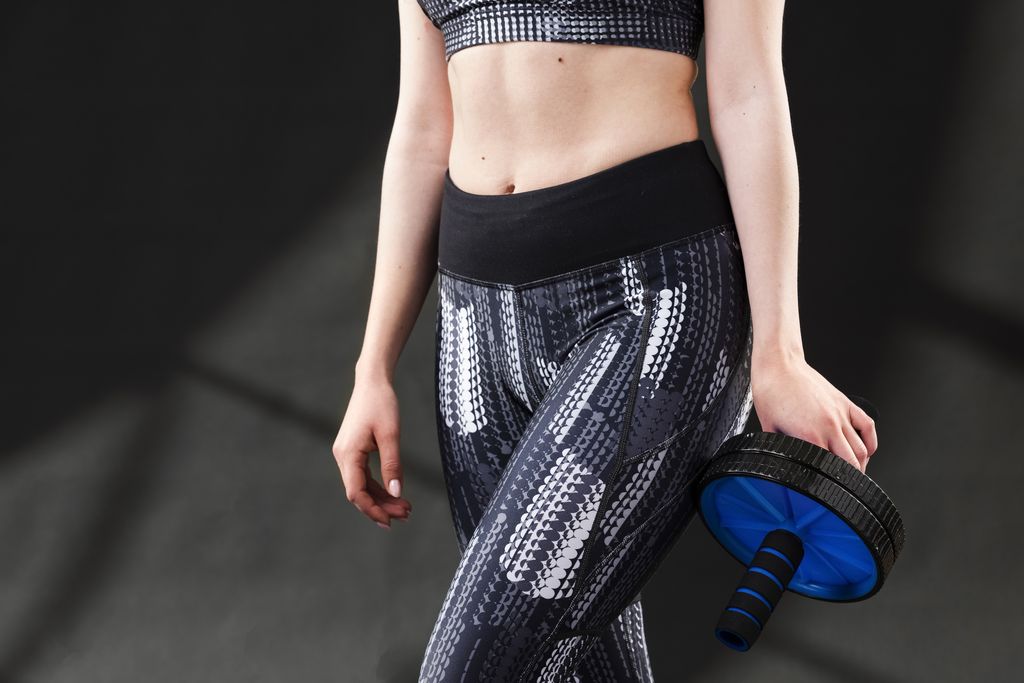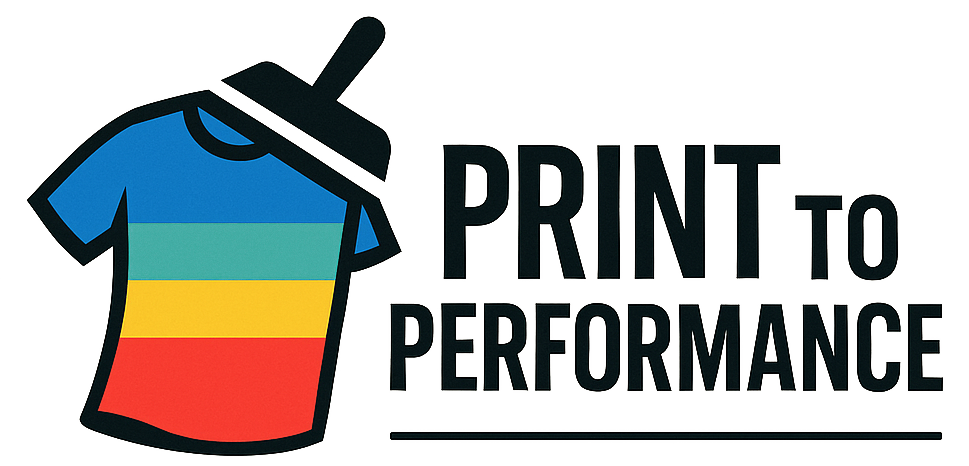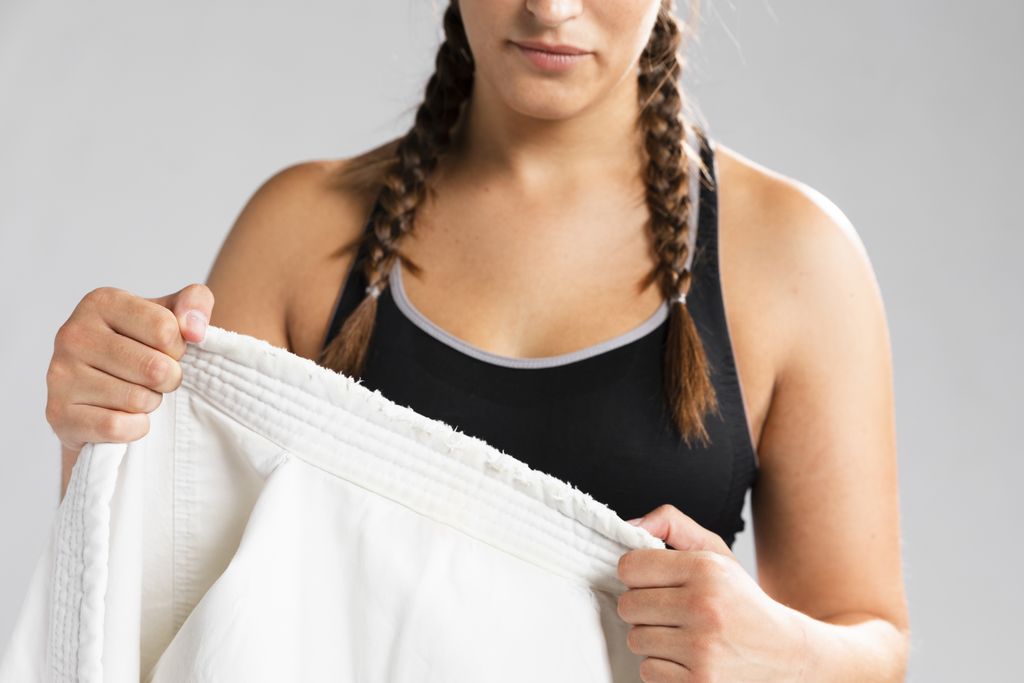7 Fabric Technologies Leading Sportswear Innovation in 2025
Sportswear designers and manufacturers are on an exciting path of discovery as they explore new fabrics that improve both sustainability and performance. In recent years, the push for more eco-friendly solutions has matched the need for highly functional sportswear.
In fact, data from wifitalents.com shows that recycled polyester already makes up nearly 20% of the materials used in sportswear production, and biodegradable materials are forecast to grow at a 12% CAGR through 2026. This surge directly connects to the broader trend of sportswear innovation, where apparel creators look for ways to elevate both style and function.
In the following sections, we will explore seven major fabric technologies shaping sportswear innovation in 2025. From recycled polyester blends to advanced smart textiles, these solutions offer unique advantages for brands aiming to stand out.
Whether you are a teamwear entrepreneur, a designer, or a manufacturer, understanding these fabrics can help you make better decisions for your products and your customers.
Recycled Polyester and Biodegradable Materials for Sportswear Innovation
Recycled polyester ranks as one of the most significant contributors to sportswear innovation. Traditional polyester production involves high energy consumption and depends on fossil fuels. When you use recycled polyester, you reduce harmful emissions by giving a second life to plastic bottles and other waste.
According to wifitalents.com, recycled polyester has already reached nearly 20% of total sportswear output. Companies like Adidas have embraced these materials, incorporating them into their supply chain to lessen environmental impact. Today’s designers can utilize recycled polyester without sacrificing the performance or durability so critical to sports apparel.
Biodegradable materials also play a vital role in sportswear innovation. These fabrics decompose naturally and lessen harmful waste in landfills. As shown by wifitalents.com, biodegradable sportswear is expected to see a 12% compound annual growth rate through 2026.
Brands like Patagonia have led the way with organic fibers, while smaller companies such as Natural Fiber Welding are creating new biodegradable textile blends. Including biodegradable fabrics in your product line can appeal to a growing base of environmentally aware consumers while helping reduce your brand’s ecological footprint.

Moisture-Wicking Technologies and Sportswear Innovation
Fabric that removes sweat from the skin boosts comfort and athletic performance. Commonly known as moisture-wicking technology, these materials draw perspiration away from the body and help it dry faster.
This reduces discomfort, prevents skin irritation, and helps athletes stay focused on performance. You do not want a damp shirt to hold you back during an important match. Leading sportswear brands like Lululemon have integrated moisture-wicking fabrics to meet the growing expectation of high-performing gear.
Sportswear innovation also ties closely to moisture-wicking advances that extend garment lifespans. Recent data from wifitalents.com shows that improvements in fabric design have increased the average garment lifespan by 15%.
By incorporating moisture-wicking layers or finishes into the fabric itself, companies help consumers get more consistent use out of their active apparel. Tools like Texbase assist in tracking new fiber developments and compliance, making it simpler to integrate moisture-wicking or quick-dry treatments without compromising the final product’s quality.
Antibacterial and Compression Fabrics in Sportswear Innovation
Bacteria growth often leads to unpleasant smells in sportswear after repeated use. That’s why antibacterial finishes have become central to sportswear innovation. These fabrics are treated to repel or kill bacteria that cause odor.
As a result, athletes can wear their gear more than once before needing a wash, which saves water while preserving garment quality. Leading outdoor brand Icebreaker specializes in merino wool’s natural antibacterial properties. Other companies, such as Beyond Surface Technologies, are bringing bio-based finishes to the market to replace harsh chemical treatments in sports gear.
Compression fabrics also drive sportswear innovation, especially in team sports and endurance events. By hugging the muscles, compression garments help improve blood flow, reduce muscle fatigue, and potentially speed up recovery times. Under Armour is well-known for popularizing compression sportswear, which can be found across many product lines.
Tools like Optitex help designers perfect the fit and ensure that compression items provide the right tension in targeted areas. When combined with antibacterial treatments, compression clothing becomes both high-performance and odor-resistant, increasing its long-term appeal for consumers.

Lightweight Synthetics, Smart Textiles, and Sportswear Innovation
Lightweight synthetic fabrics are another game-changer in sportswear innovation. These materials offer breathability and comfort without adding unnecessary bulk. According to wifitalents.com, demand for ultra-lightweight technology has grown 20% within performance sports clothing.
Nike and other top brands have harnessed cutting-edge synthetic blends that weigh less but retain durability. Athletes, from marathon runners to tennis players, often choose lightweight fabrics to move freely while maintaining the protection and stretch they need.
Smart textiles take sportswear innovation to an even higher level. They can monitor heart rate, muscle activity, or body temperature, feeding vital statistics to a connected device or app. Increasing collaborations between sportswear and tech companies, which grew by 40% in 2023, show how essential this concept is becoming.
For example, a shirt embedded with sensors could help a runner track pacing or heart rate changes in real time. Designers may use software like CLO 3D to visualize how these built-in sensors interact with the garment’s shape and material. Looking forward, many believe that widespread adoption of smart textiles will redefine performance apparel.
Notable Features of Smart Textiles
- Embedded sensors that read vital metrics
- Integration with smartphone apps for real-time feedback
- Lightweight, flexible conductive materials that do not hinder movement
- Potential to collect data that improves both product design and athletic performance
Conclusion
Sportswear innovation continues to reshape how we approach everything from material sourcing to apparel performance. These seven fabric technologies—recycled polyester, biodegradable materials, moisture-wicking fabrics, antibacterial solutions, compression garments, lightweight synthetics, and smart textiles—are moving the industry toward a more sustainable and functional future.
With eco-friendly options expected to grow and next-level features like smart sensors on the rise, sports apparel makers have an exciting road ahead.
Brands such as Adidas, Nike, and Patagonia already show us that combining performance with sustainability resonates strongly in today’s global market. This is supported by data from wifitalents.com indicating that 70% of athletic apparel shoppers value sustainable products.
For those who aim to stand out in the sportswear sector, harnessing these technologies and maintaining a focus on sportswear innovation are wise directions for 2025 and beyond. By adopting advanced materials and production methods, sportswear creators can deliver gear that meets both the performance needs of athletes and the planet-friendly priorities of modern consumers.

